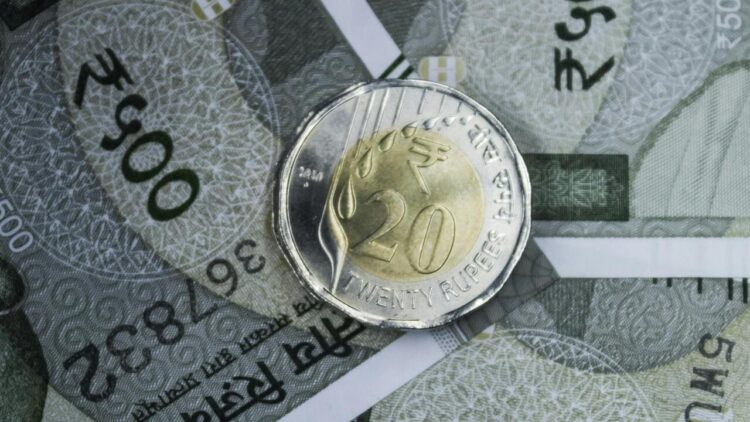The Department of Consumer Affairs urges consumers to report drip pricing instances when purchasing goods or services. Drip pricing refers to gradually revealing additional costs or fees throughout the purchasing process, which can mislead consumers about the total cost of a product or service. Consumers are encouraged to contact the ministry if they encounter such deceptive pricing tactics, as transparency and fairness in pricing are essential for informed consumer decision-making.
Drip Pricing Alert: Stay Informed with Consumer Affairs

Read Also: Pune Cricket Ball Accident: 11-Year-Old Boy Passes Away After Ball Hits His Private Part.
Drip pricing is a pricing strategy firms employ, particularly in the hospitality, travel, and online payment sectors. It involves initially advertising only a portion of a product’s price, with additional charges revealed gradually as the customer progresses through the buying process.
One common tactic is to withhold unavoidable fees, such as booking fees, service charges, resort fees, credit card fees, local taxes, or add-ons like internet access and specific amenities essential for using the product or service. These costs are then disclosed incrementally, or “dripped,” to the buyer at purchase.
This technique can complicate comparison shopping, as consumers may not have a complete picture of the total cost until later in the transaction. Moreover, sellers who opt for transparency in pricing may be at a disadvantage compared to those using drip pricing tactics. For instance, an airplane ticket advertised at a lower price might end up significantly more expensive once all the mandatory fees are added, highlighting the impact of drip pricing on consumer decision-making.
About The Drip Pricing
Drip pricing, a marketing tactic prevalent in various industries, initially displays only a fraction of a product or service’s total cost to consumers. As the customer progresses through the purchase journey, additional charges are gradually revealed, altering the perceived affordability of the offering.
This strategy often involves concealing essential fees like taxes and booking charges or omitting necessary add-ons such as internet access or amenities vital for product or service usage. The advertised “headline price” in print, emails, or websites may not accurately reflect consumers’ total cost.
Companies employ drip pricing to entice customers with a lower initial price, hoping that consumers will proceed with the purchase despite later disclosures of additional costs. However, this approach can complicate consumer behavior by making it challenging to compare prices effectively, leading to potential frustration and dissatisfaction.
Drip pricing works by gradually revealing additional costs or fees to consumers as they purchase. The initial advertised price, often called the “headline price,” only shows a part of the total cost, omitting essential fees like taxes and booking charges or excluding necessary add-ons such as internet access or amenities vital for product or service usage.
The rationale behind employing drip pricing is to entice shoppers into initiating the purchasing process with a lower initial price. Once customers are invested in the transaction, businesses incrementally reveal the full extent of the costs. This tactic capitalizes on the likelihood that once customers have committed time or effort to the purchase, they may be less inclined to restart their search or abandon the transaction upon discovering additional fees.
Essentially, drip pricing is a strategy designed to attract customers by starting with a lower perceived cost and gradually revealing the total cost. This approach banks on the assumption that customers will continue purchasing despite the later disclosures of additional expenses. It aims to influence consumer behavior by leveraging the psychology of commitment and inertia in purchasing decision-making.
To get more out of our exclusive news, Join us on our WhatsApp Channel, Facebook, and Instagram.















